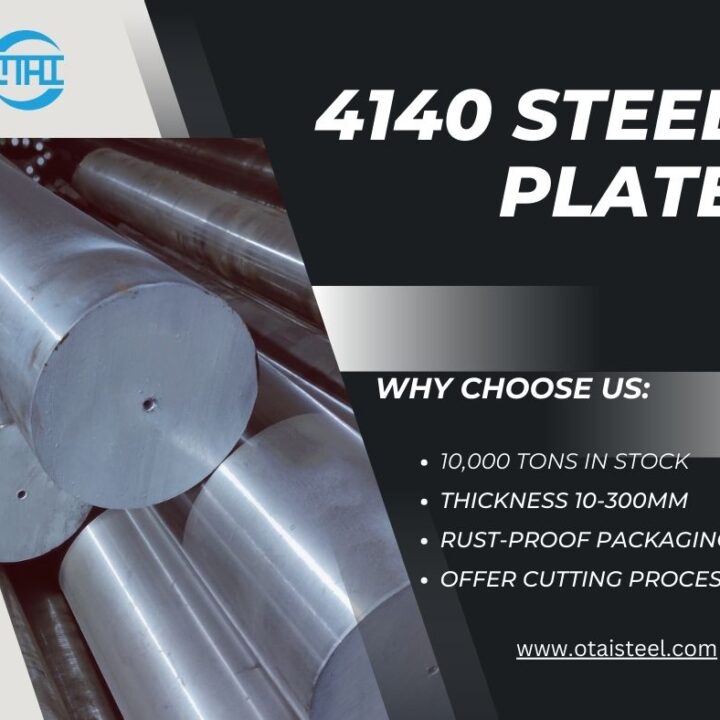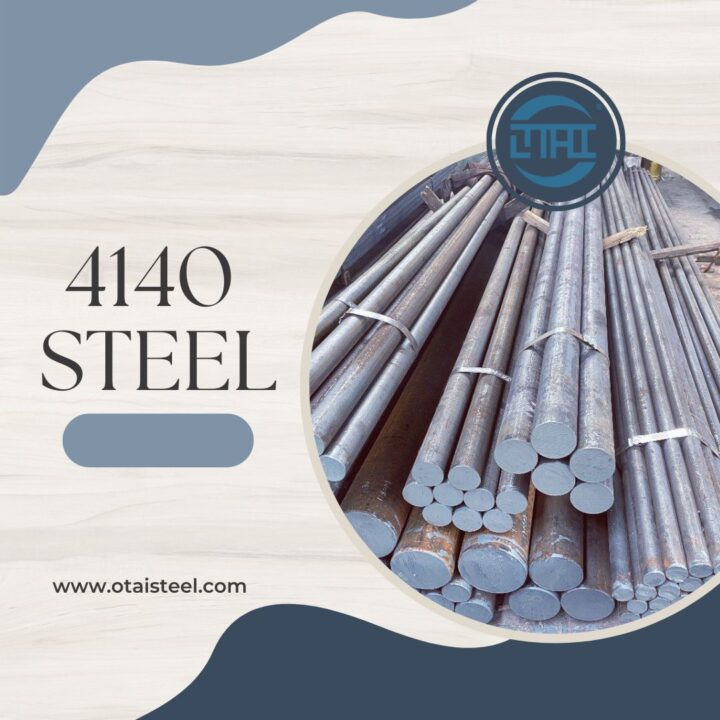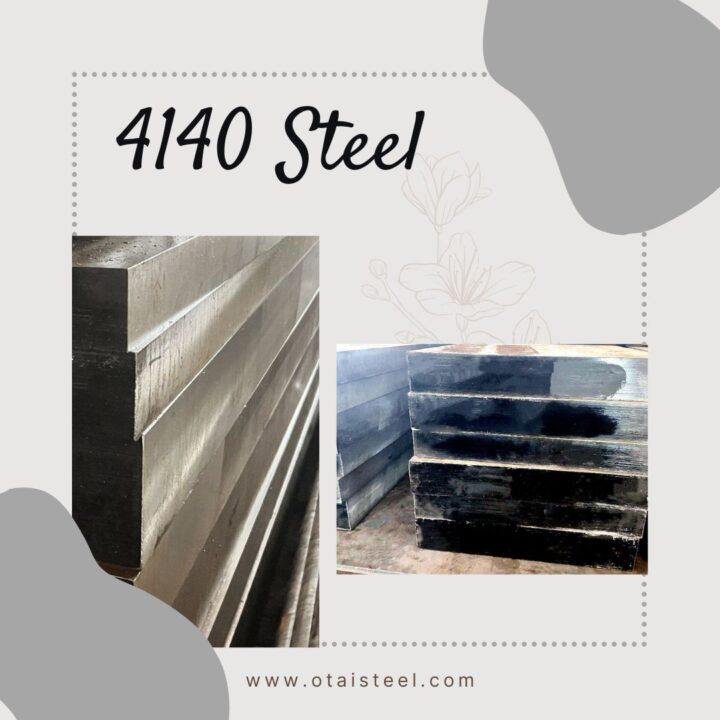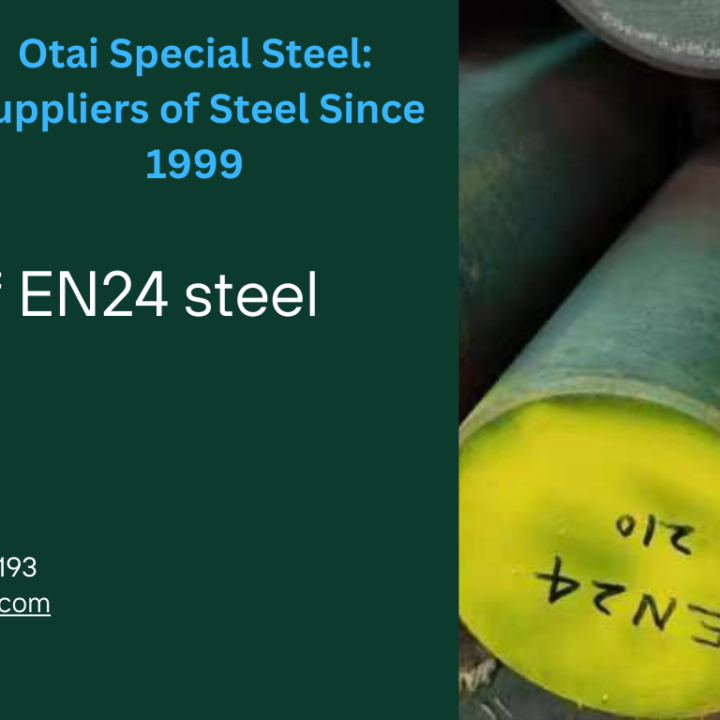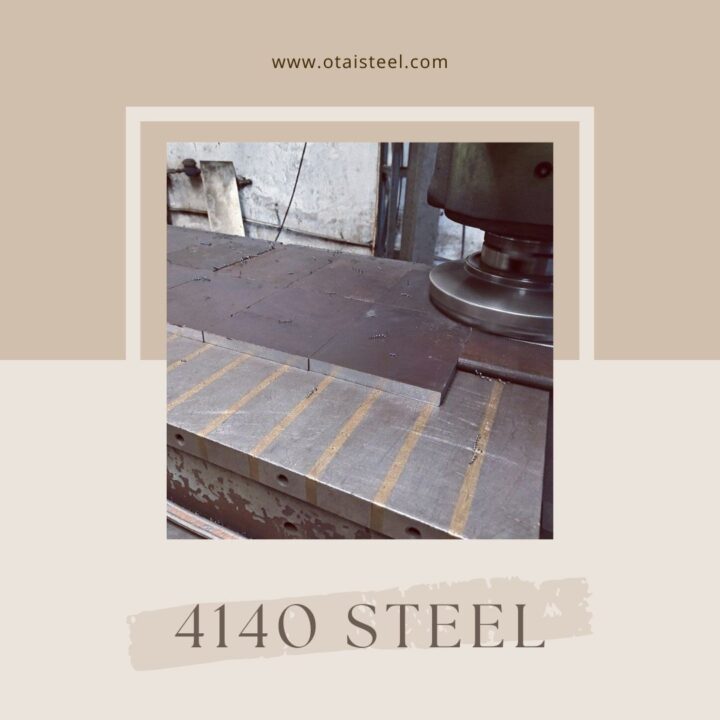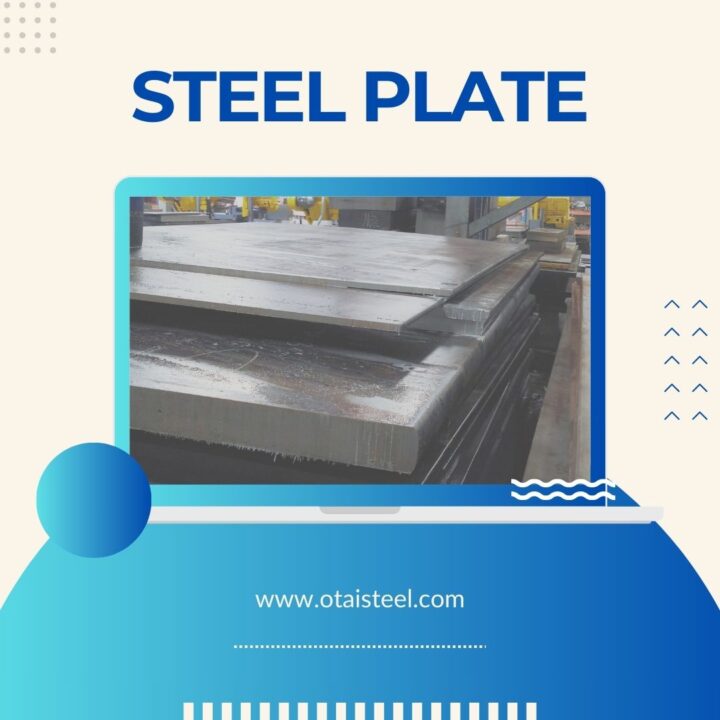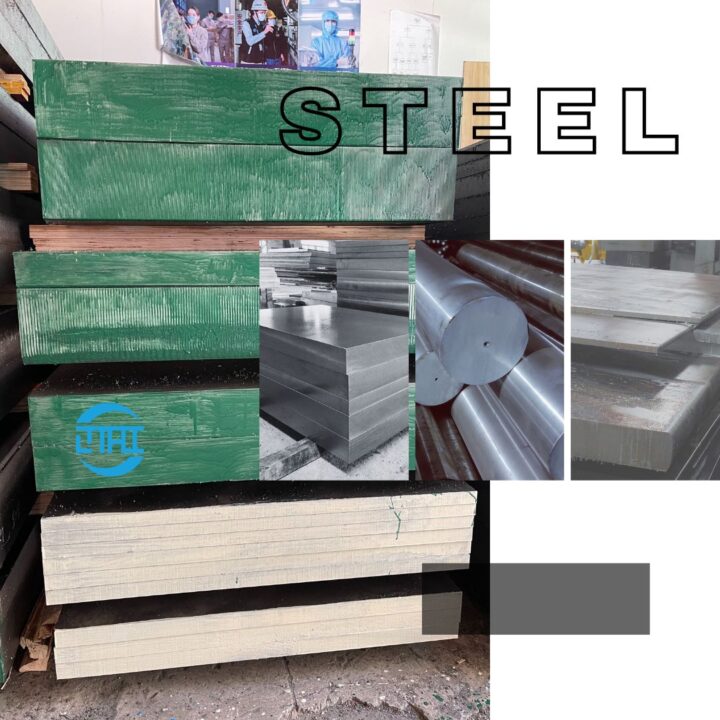4140 steel is a versatile alloy steel widely used in various industries due to its excellent strength, wear resistance, and toughness. However, the as-received condition of 4140 steel may not possess the desired mechanical properties for specific applications. That’s where the quenching and tempering process comes into play.
The Quenching Process for 4140 Steel
In the quenching process of 4140 steel, the steel is heated to a temperature above its critical point and then rapidly cooled using a suitable quenching medium such as oil or water. The choice of quenching medium depends on the desired hardness and properties of the final product. The rapid cooling rate ensures the formation of a martensitic microstructure, which is characterized by high hardness.
The Tempering Process for 4140 Steel
After quenching, the 4140 steel is typically too hard and brittle for most applications. To improve its toughness and ductility, the material undergoes the tempering process. During tempering, the steel is heated to a specific temperature below the critical point and held at that temperature for a predetermined time. This allows for the transformation of some of the martensite into a more ductile microstructure, such as tempered martensite or bainite.
Effect of Quenching on the Hardness of 4140 Steel
Quenching significantly increases the hardness of 4140 steel due to the formation of a martensitic microstructure. The hardness achieved depends on various factors, including the cooling rate, quenching medium, and initial microstructure of the steel. Higher cooling rates and more aggressive quenching mediums result in greater hardness.
Effect of Tempering on the Hardness of 4140 Steel
Tempering helps reduce the hardness of quenched 4140 steel to achieve the desired balance between hardness and toughness. The tempering temperature and time influence the final hardness. Higher tempering temperatures lead to a decrease in hardness but an increase in toughness, while lower tempering temperatures result in higher hardness but reduced toughness.
Effect of Quenching and Tempering on the Strength of 4140 Steel
Quenching and tempering both contribute to increasing the strength of 4140 steel. Quenching results in a martensitic microstructure with high strength but reduced ductility. Tempering helps improve the ductility while maintaining a significant portion of the achieved strength. The strength can be further enhanced by selecting appropriate quenching and tempering parameters.
Effect of Quenching and Tempering on the Toughness of 4140 Steel
Quenching alone produces a hardened microstructure in 4140 steel, which can be quite brittle. However, tempering after quenching improves the toughness of the material. The transformation of martensite into tempered martensite or bainite during tempering increases the material’s ability to absorb energy, making it less prone to fracture.
Effect of Quenching and Tempering on the Ductility of 4140 Steel
Ductility refers to a material’s ability to deform without fracturing. Quenching alone reduces the ductility of 4140 steel due to the formation of a hard and brittle martensitic microstructure. However, tempering after quenching helps restore some of the ductility by transforming the microstructure into a more ductile form. The proper balance between hardness and ductility can be achieved through careful control of the quenching and tempering parameters.
Factors Affecting the Mechanical Properties of 4140 Steel
Several factors influence the mechanical properties of 4140 steel after quenching and tempering. These include the initial microstructure, quenching medium, quenching rate, tempering temperature, and time. Proper selection and optimization of these factors are crucial to achieving the desired mechanical properties for specific applications.
